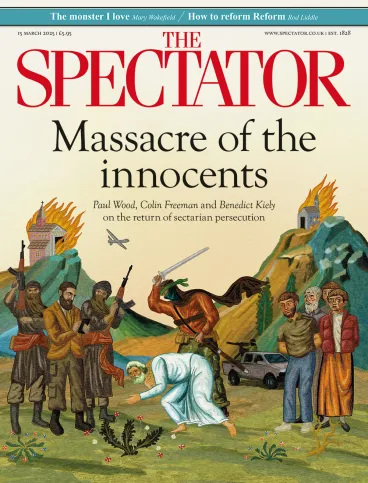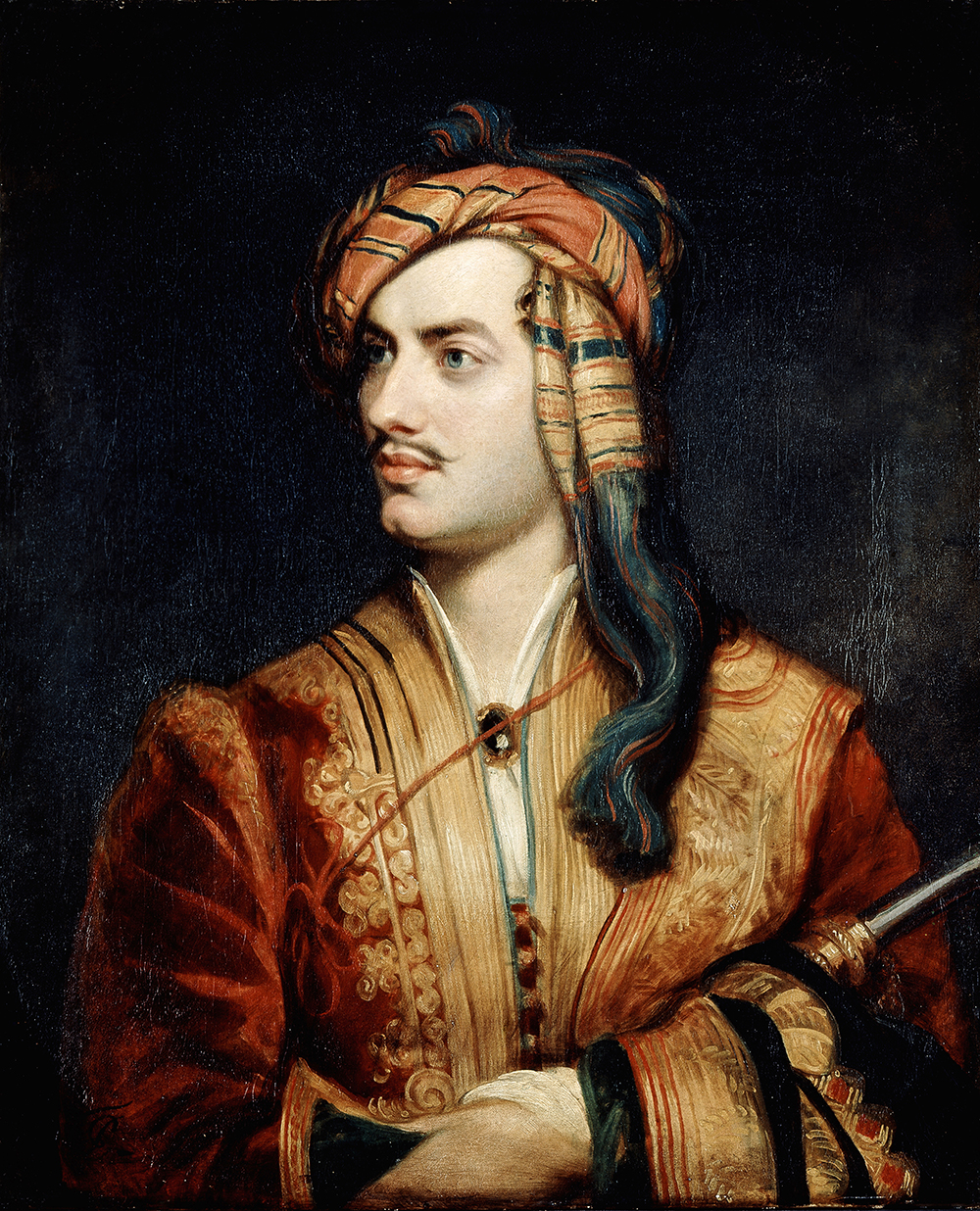
In 1821, while Byron and Shelley briefly shared what they high-mindedly called an ‘artist’s colony’ in Pisa, along with Mary Shelley and Byron’s current squeeze Contessa Teresa Guiccioli, they both impulsively decided to commission the building of boats in order to explore the gulf of La Spezia. While Shelley, in deference to his friend, named his Don Juan (the boat in which he would perish, aged 29, the following year), Byron christened his The Bolivar,in honour of Simon Bolivar, who was then attempting to liberate South America from the Spanish.
No stranger to noble causes, Byron would eventually go off to support the Greek War of Independence, dying ignominiously, aged 36, just two years after Shelley. Hugh Thomson invites us to imagine what might have happened had he decided to fight for Bolivar instead.
We first meet Byron two years earlier, as a jaded wreck in Ravenna with Teresa by his side – a man who has, according to a review in Blackwood’s, ‘exhausted every species of sensual gratification’. Burning for adventure, he wants a life of action, to ‘prove that a poet could be a soldier’. Writing to his great friend John Cam Hobhouse (an epistolary device Thomson uses well to give us both a flavour of Byron’s style as well as forwarding the plot), he announces he is to sail across the Atlantic, accompanied by Teresa, his Cambridge comrade William John Bankes, his trusty valet Fletcher and his four-year-old daughter Allegra by Claire Clairmont (whom he leaves behind). The latter is a poignant touch, as in real life Allegra would die of typhus after Byron abandoned her to a convent.
From here, the book plunges us into the teeming streets of Cartagena in Colombia, with their ‘crowds of pelicans alongside barefooted local boys’. The party advances into the jungles of the New World, meeting Bolivar (‘a man with a fixity of purpose’) in Bogota before heading to Ecuador and Peru. Unlike in Greece, Byron actually encounters combat, as well as capture by enemy forces. A man who has often ‘frightened himself by fearlessness’, he is no coward. But he’s a sybarite at heart, deciding that only Shelley would ‘have the idealism to see this through’.
Written with panache and quoting liberally from the Inglese milord’s letters and journals, Thomson’s counterfactual romp does manage to harness Byron’s wayward, swashbuckling energy. It is a joy for those who know their Romantics well and equally pleasurable for those who don’t.








Comments